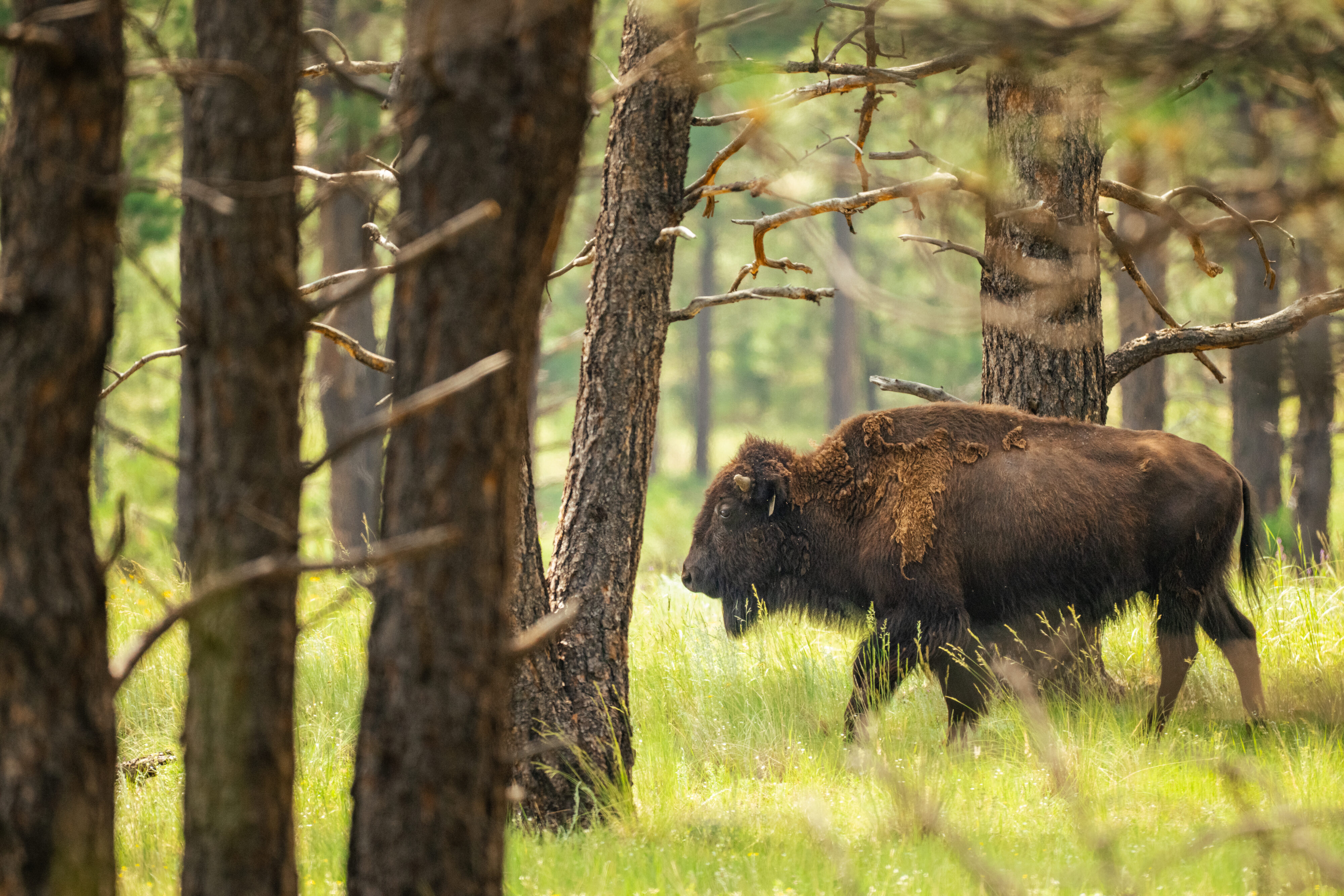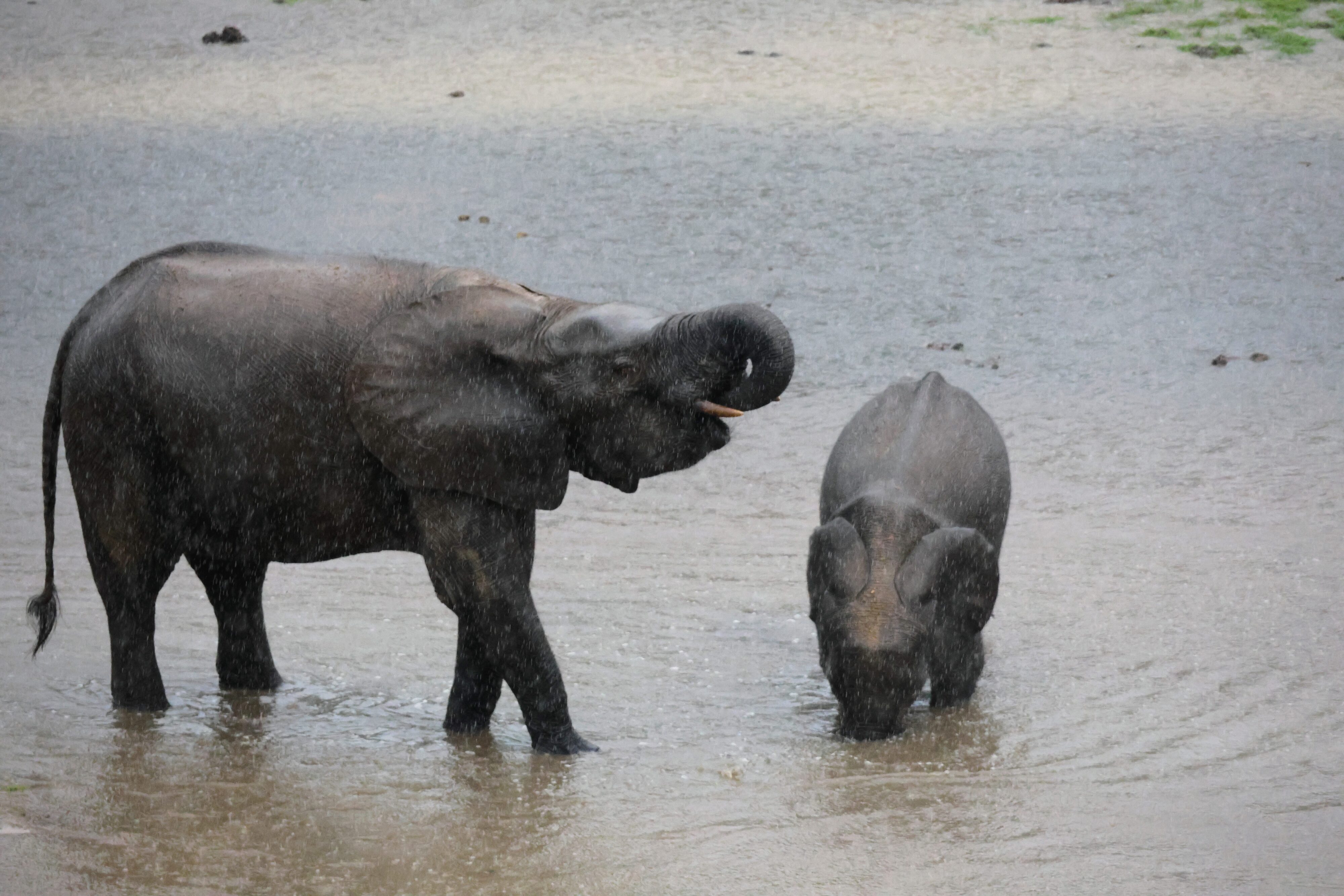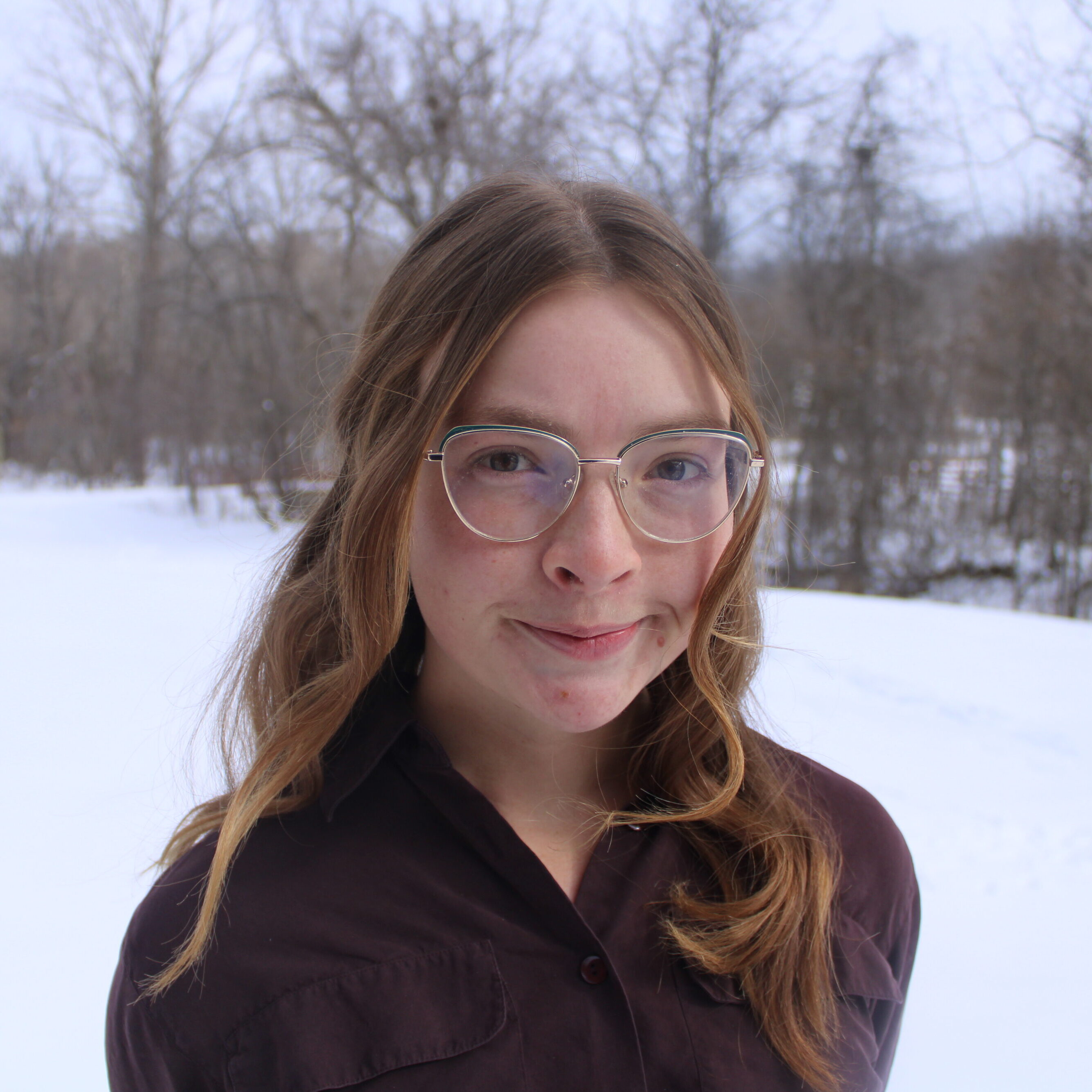 [1] and Grounds Manager, Zach Pittinger has chosen to recognize our neighbors, rooting campus grounds in ecosystem services and making GW more sustainable for students and bees alike.
[1] and Grounds Manager, Zach Pittinger has chosen to recognize our neighbors, rooting campus grounds in ecosystem services and making GW more sustainable for students and bees alike.
Cities house denser species populations than those in the wild – from pollinator trees like redbuds to synanthropic species like house sparrows. But urban ecosystems are less diverse [2]. Through development we’ve disturbed the vegetative structure and resource availability of previous ecosystems [3],[4], driving native species richness down and allowing invasives to exacerbate that decline. Continued planting of annuals and non-natives purely for beautification reduces species richness, productivity and sustainability.
To bring the biota back, we need to cultivate larger, native, and resilient environments on our campuses. Increasing native vegetation allows for native-adapted animals to return and pollinate. This restructuring creates corridors for urban species dispersal [5], improved air quality [6], runoff retention and filtration [7], cooled urban heat island effect [8], higher carbon storage [9] and enhanced student wellbeing [10].
“Sustainable landscape design is propelling young people in my industry to turn back to horticulture” says Zach, with decreasing pesticide use, storm water solutions, and a focus on wildlife and education. But Zach points out this is a rediscovery of early agricultural practices of native cultivation. We are moving from a post-World War II era of neatly manicured land covered in mulch to a different ethos.
“Now we are asking for the return of wild spaces – to work with nature, not against it and evoke a sense of wild,” says Zach.
When diagnosed with Lyme disease in high school, Zach spent his year off gardening with his mom. When I asked, “why gardening?” Zach replied, “Creating beauty in your backyard is very healing.” In this combination of passion and a love for native plants, Zach saw the college campus as a perfect opportunity for beauty, efficiency, and healing to fully integrate for students.
Initially attracted to the 2016 GW’s Sustainable Landscape Guidelines – a resource for GW grounds cultivation, it was no coincidence that Zach found himself running GW’s 22-person grounds department, “injecting renewed energy and enthusiasm in implementing these guidelines” says Kimberly Williams from the GW Office of Sustainability.
In 2018, Sustainable Grounds – an informal coalition of Zach and eager faculty and staff was born. Spearheaded by GW’s Director of Sustainability, Meghan Chapple, this group unites diverse expertise - from Adele Ashkar’s prior work as Director of GW’s Landscape Design program to Dr. Ginger Allington’s focus in Biogeography. When new projects arise, Sustainable Grounds huddles together to increase native perennial species richness and develop their optimal placement for pollinator/migratory species attraction and water retention.
“The landscape is the first thing students and parents will notice,” says Zach.
It's a difficult task - preserving the campus image and student experience while cultivating wilder grounds. The urban campus environment is dynamic, as Zach exclaims, “We may have just finished landscaping a small townhouse garden, only to be ripped up by the need to excavate a crushed sewer pipe”. Though heavy traffic and student life stress the ecosystem, they also present an opportunity to test resilience and to educate our community. “If it can handle hurricane winds, torrential flooding, salt spray, foot traffic, cigarette butts, harsh changes in soil pH, and constant disturbance, then you’ve got yourself a winner,” says Zach.
This “Living Lab” is a uniquely holistic initiative allowing “GW to improve its impact on the local ecosystem and provide students with opportunities to learn about urban sustainability,” says Kimberly – a fitting goal for a research university.
In Fall 2019, G Street park will be sustainably renovated – a space currently devoid of biodiversity and a “sense of place,” says Zach. Students use the space as a thoroughfare now, but Kimberly illustrates, “With native plants that attract pollinators, outdoor seating, and a sharp aesthetic, G Street Park will provide a beautiful location for students to gather.”
Future plans include planting over one hundred new trees at Mount Vernon Campus, adding thousands of native perennials, renovating flowerbeds at most residence halls, and transferring to locally sourced or our own leaf mulch. Zach is looking to enhance our green roofs and ultimately certify campus as an arboretum or botanical garden.
GW Grounds is reinventing their community role, taking interns and student volunteers as well as providing future tours to engage students with their new campus. The GW community can further aid in these efforts “by appreciating the native, natural landscape and seeking to view landscapes that are not formally manicured as beautiful,” says Kehan Desousa from GW’s Office of Sustainability.
“This work flies under the radar for most of the GW community, but by stopping to smell the asters, students, faculty and staff can not only enjoy the greenery of our urban campuses, but also appreciate their valuable role in restoring a healthy ecosystem,” says Kimberly.
It’s time to tweak the campus vision. Can you re-imagine the wild side of campus life?
[1] “Observations: The George Washington University.” INaturalist.org, www.inaturalist.org/observations?place_id=128178. Filtered search results, acquired March, 2019.
[2] Shochat, Eyal, et al. "Invasion, competition, and biodiversity loss in urban ecosystems." BioScience 60.3 (2010): 199-208.
[3] Rosenzweig, Michael L. Species diversity in space and time. Cambridge University Press, 1995.
[4] Vitousek, Peter M., et al. "Human domination of Earth's ecosystems." Science 277.5325 (1997): 494-499.
[5] Rudd, Hillary, Jamie Vala, and Valentin Schaefer. "Importance of backyard habitat in a comprehensive biodiversity conservation strategy: a connectivity analysis of urban green spaces." Restoration ecology 10.2 (2002): 368-375.
[6] Akbari, Hashem, Melvin Pomerantz, and Haider Taha. "Cool surfaces and shade trees to reduce energy use and improve air quality in urban areas." Solar energy 70.3 (2001): 295-310.
[7] Nagase, Ayako, and Nigel Dunnett. "Amount of water runoff from different vegetation types on extensive green roofs: Effects of plant species, diversity and plant structure." Landscape and urban planning 104.3-4 (2012): 356-363.
[8] Loughner, Christopher P., et al. "Roles of urban tree canopy and buildings in urban heat island effects: Parameterization and preliminary results." Journal of Applied Meteorology and Climatology 51.10 (2012): 1775-1793.
[9] Nowak, David J., et al. "Carbon storage and sequestration by trees in urban and community areas of the United States." Environmental pollution 178 (2013): 229-236.
[10] Dean, Julie, Kate van Dooren, and Philip Weinstein. "Does biodiversity improve mental health in urban settings?." Medical hypotheses 76.6 (2011): 877-880.
Amongst a concrete jungle lies wildlife most of us have chosen to ignore, except this campus grounds manager and his university, who seek to redefine what it means to be on campus.

























